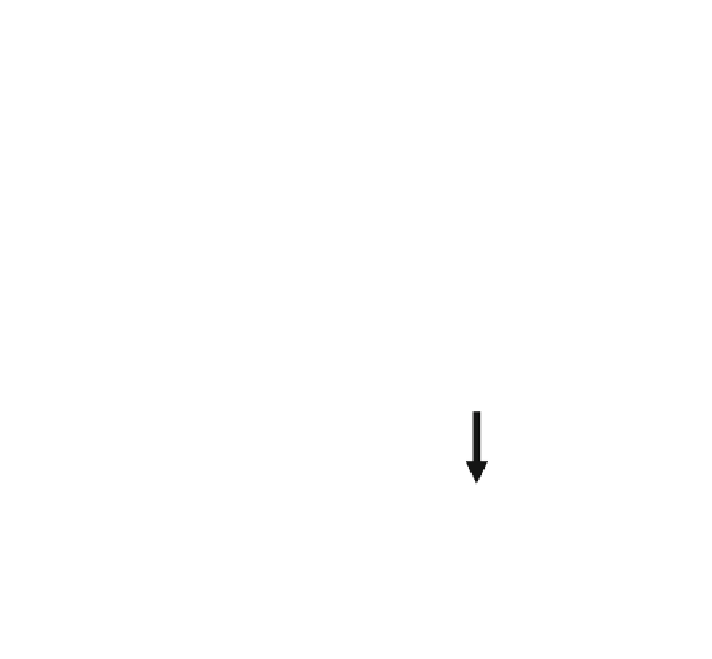Information Technology Reference
In-Depth Information
Fig. 3.3
Representation
Step 1
Step 2
...
Step M
matrix
Var 1
Var 2
...
Vat N
Fig. 3.4 Internal
representation 1
Step 1
Step 2
.. .
Step M
Var 1
XX 1
0
0
0
Var
2
Y 1
0
0
0
...
...
0
0
0
Var
N
ZZ 1
0
0
0
Step
1
Step
2
.. .
Step
M
Var 1
XX 1
XX 2
0
0
Var 2
YY 1
YY 2
0
0
.. .
.. .
.. .
.. .
.. .
Var N
ZZ 1
ZZ 2
0
0
• Ability to consult the data from the simulator without going through the GIDE
graphic interface,
• Enable the selection of only a part of the variables from the set of time steps,
which the first version of the file format did not allow,
• Not cause any increase in the current processing time of simulator applications,
and possibly improve this.
The first point is resolved natively by the choice of HDF5 format, since the files
saved in this format can be consulted with ancillary tools such as 'hdfview', which
even allow the exporting of a selection of data.
The second point made us think about an alternative in the representation of
data in the HDF5 file, and the solution adopted is a matrix Fig.
3.3
.
With the possibilities afforded by the DATASET of the HDF files, there are
then two solutions possible:
• Build the matrix initially with the desired size, from the start of the programme,
and update it at each time step (Fig.
3.4
),
• Use a resizeable matrix of initially empty size, and expand it at each time step,
with the size of a vector of dimension [1: N] (Fig.
3.5
).

























Search WWH ::

Custom Search